Day 11 (February 3, 2019)
Kogawa, Kōchi → Great Pass → Mochii, Kōchi
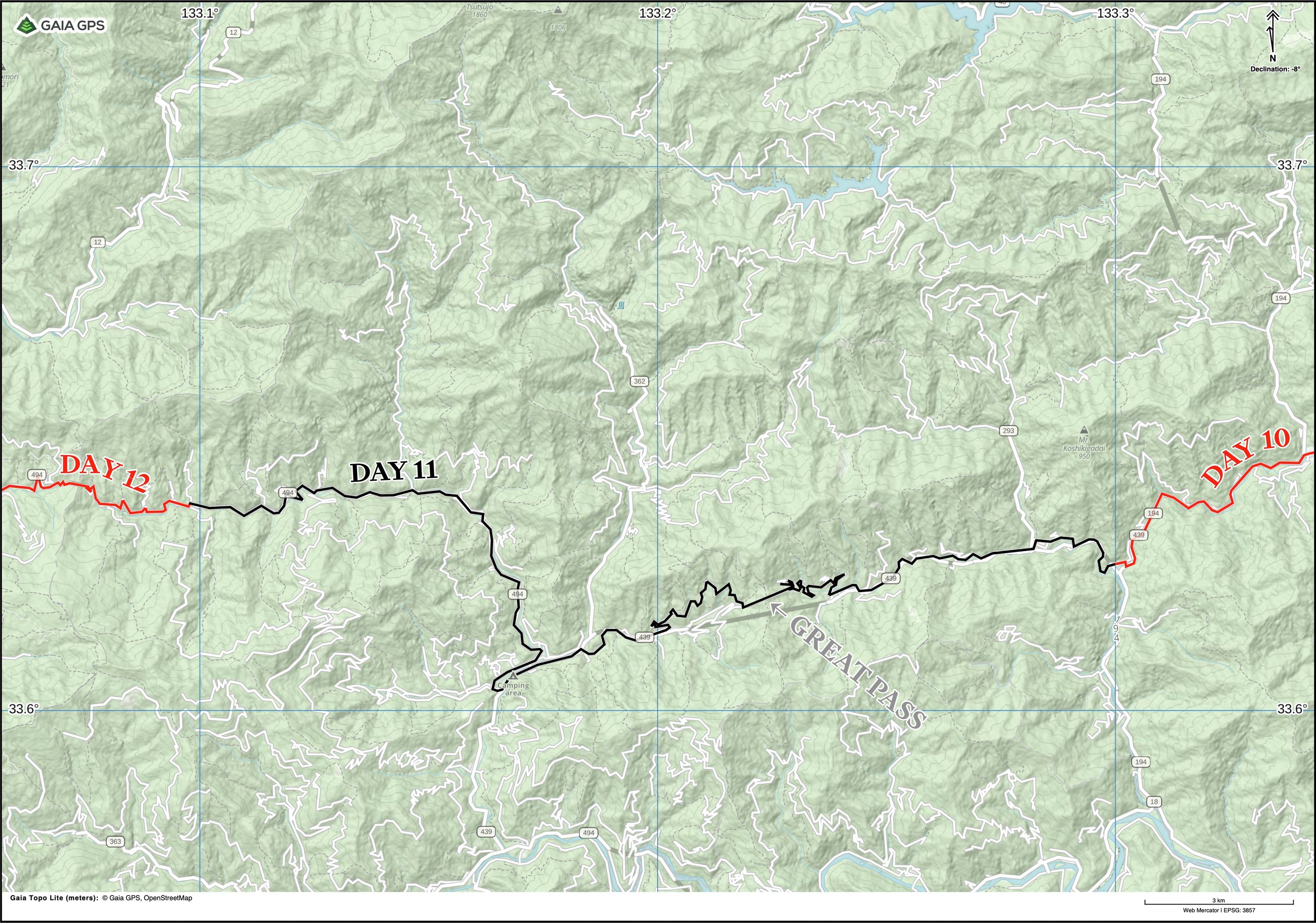
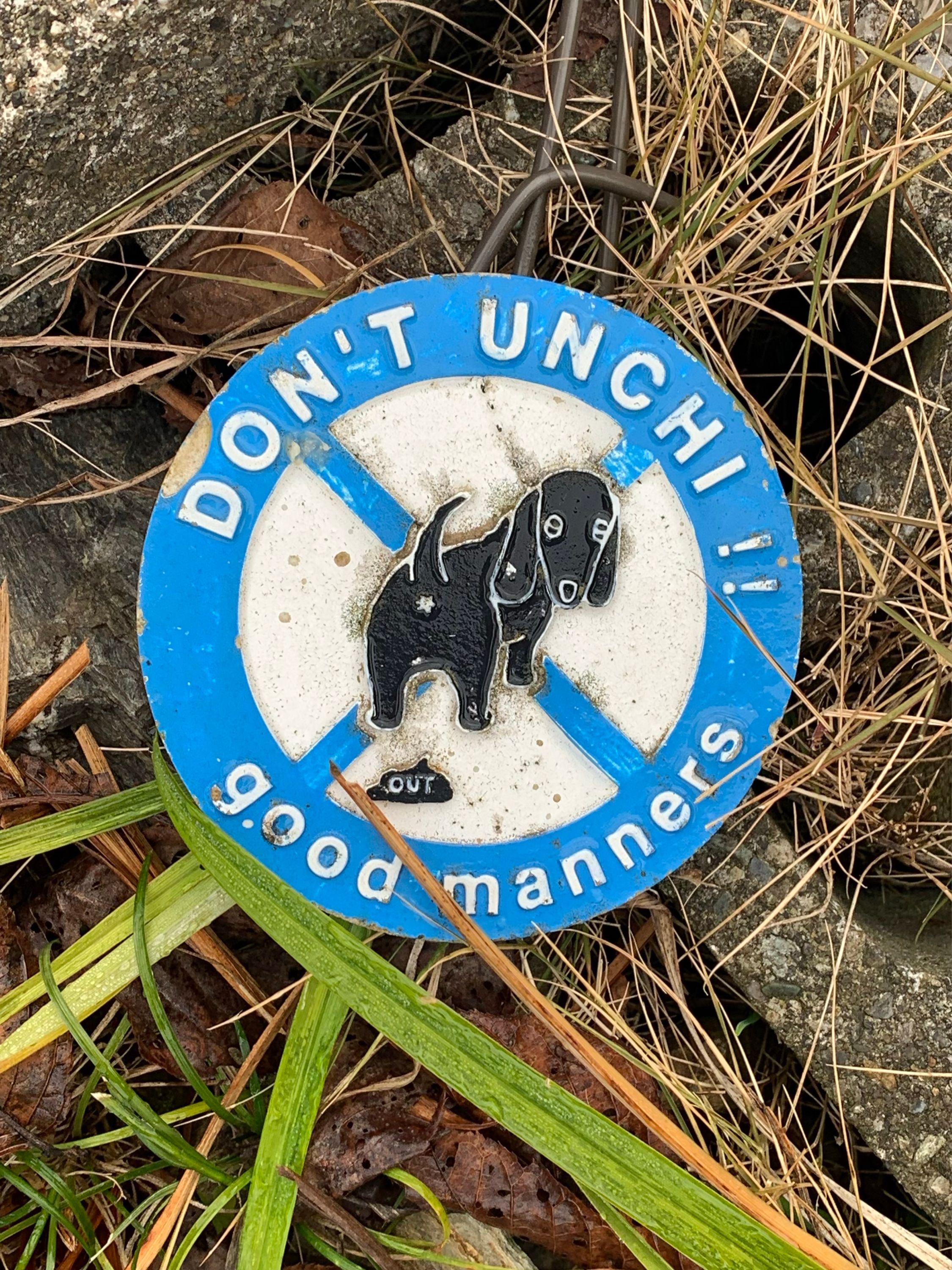
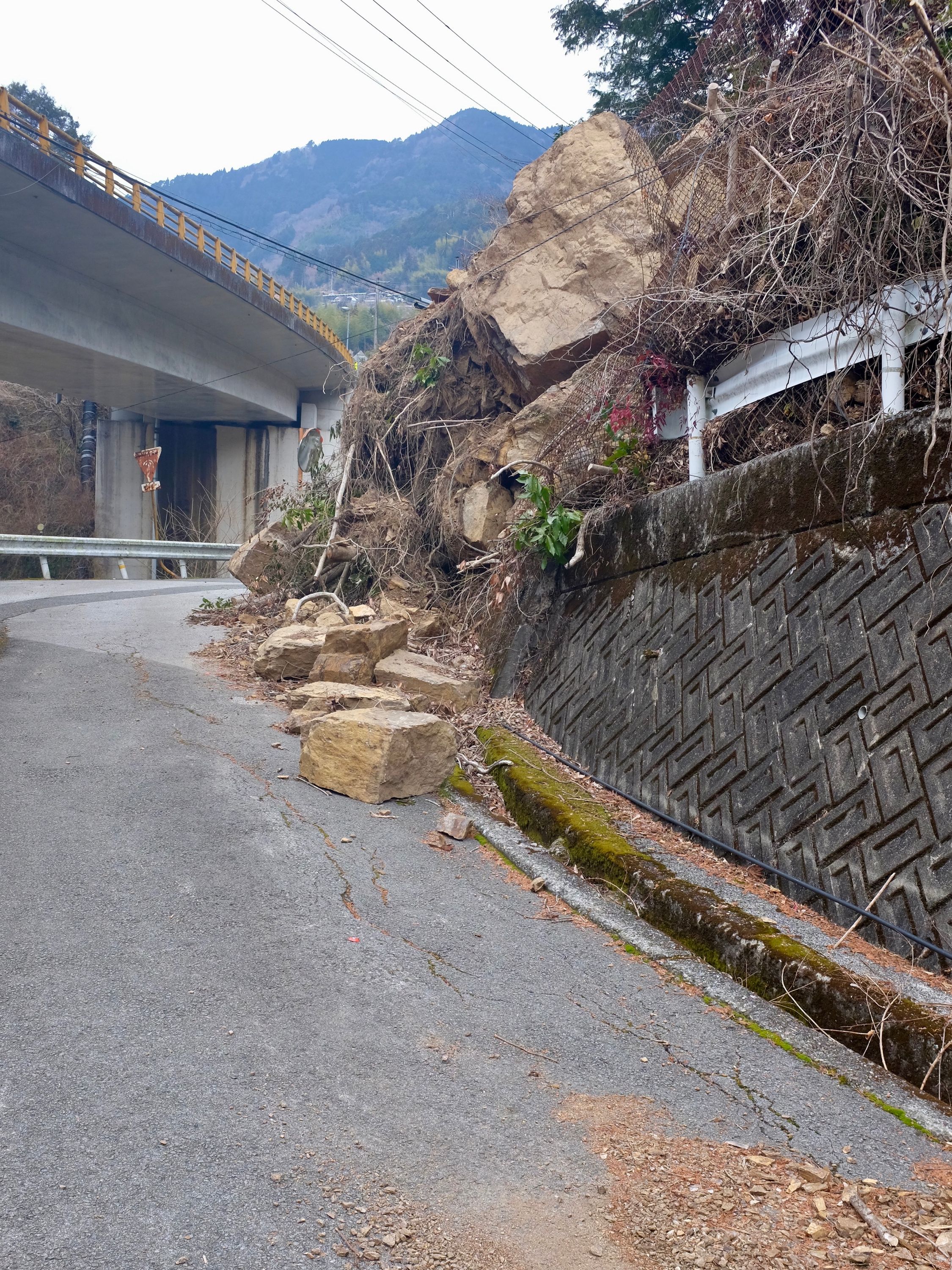

If an unchi drops in the Japanese countryside and no one is around to hear it, does that count as bad manners?
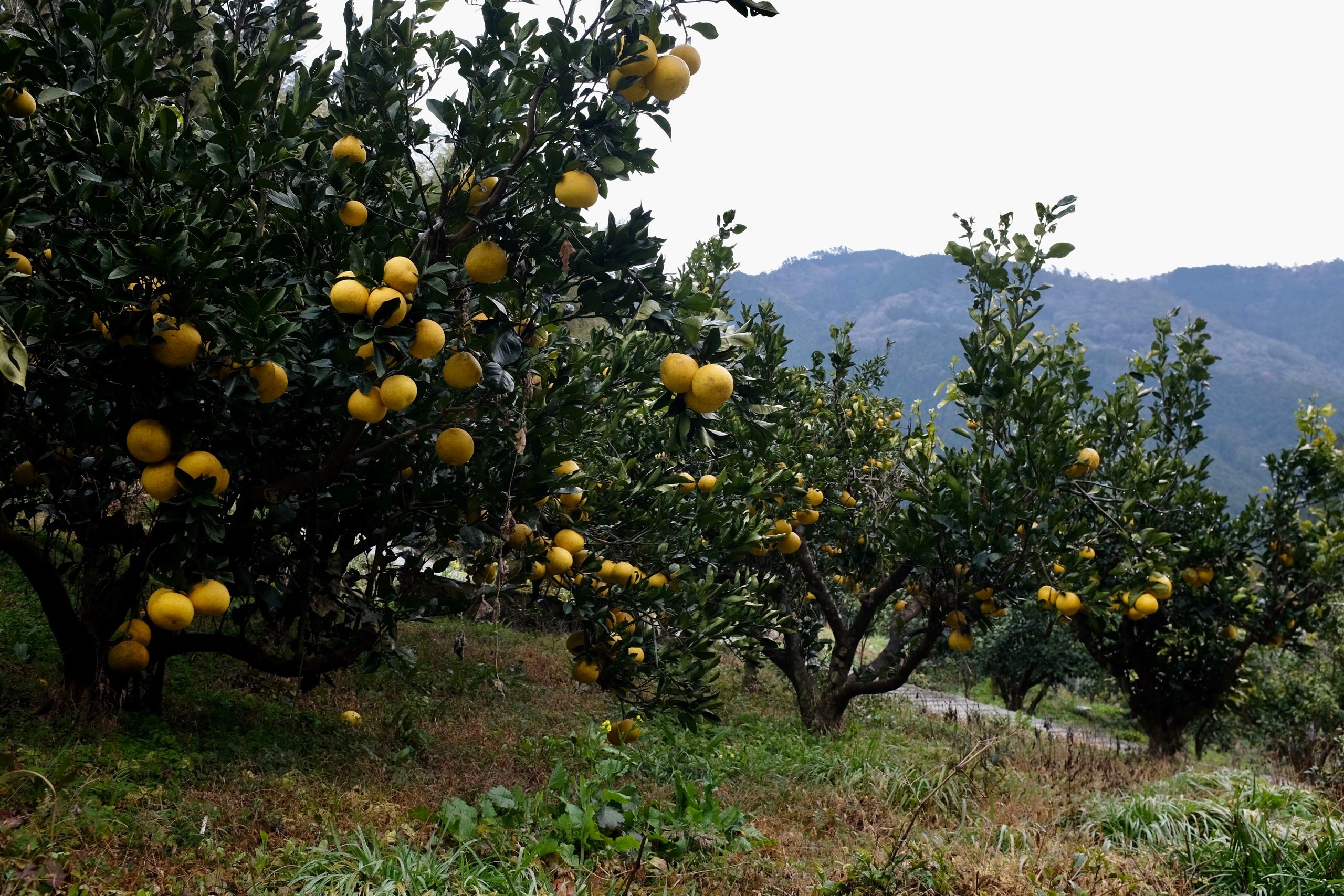

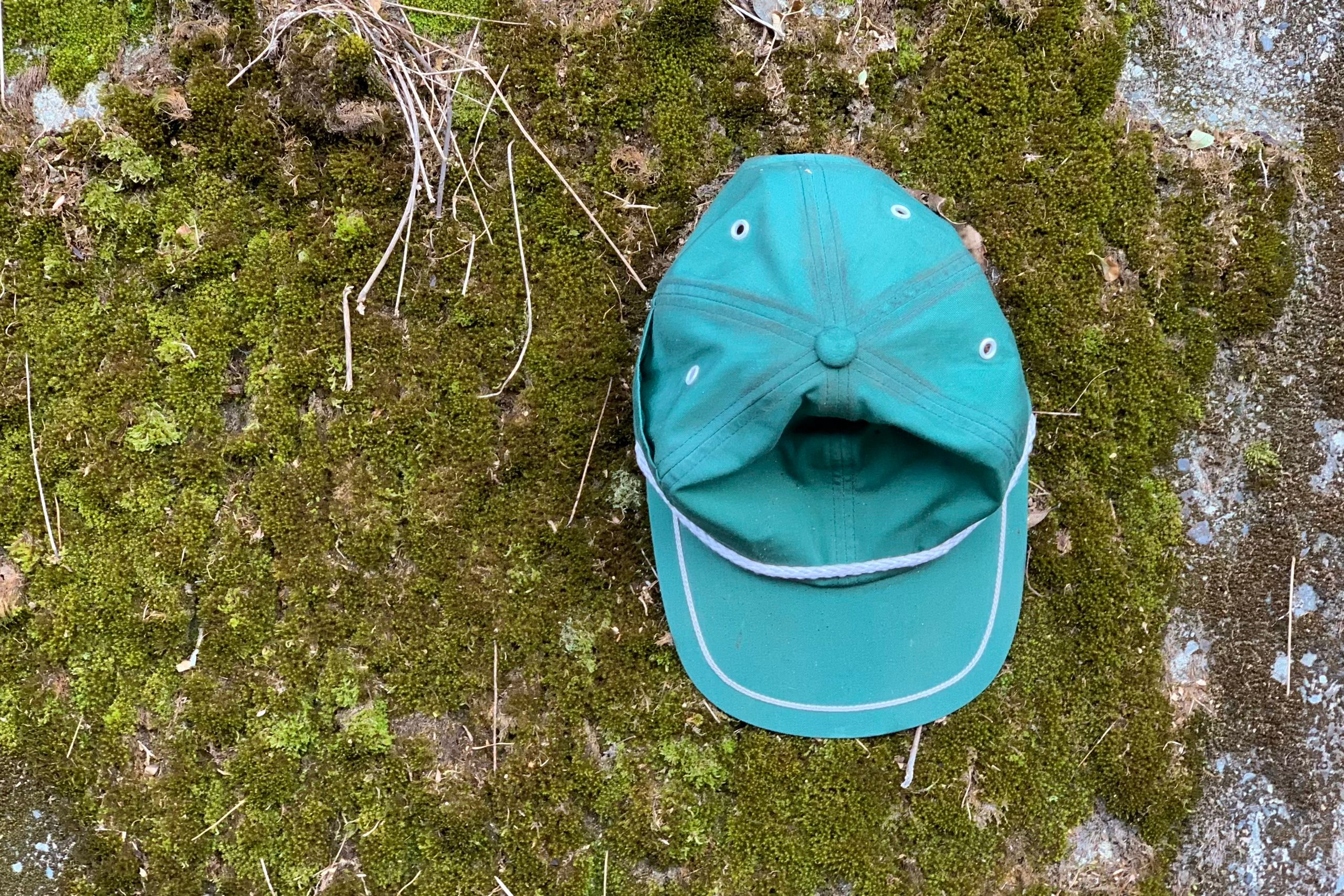
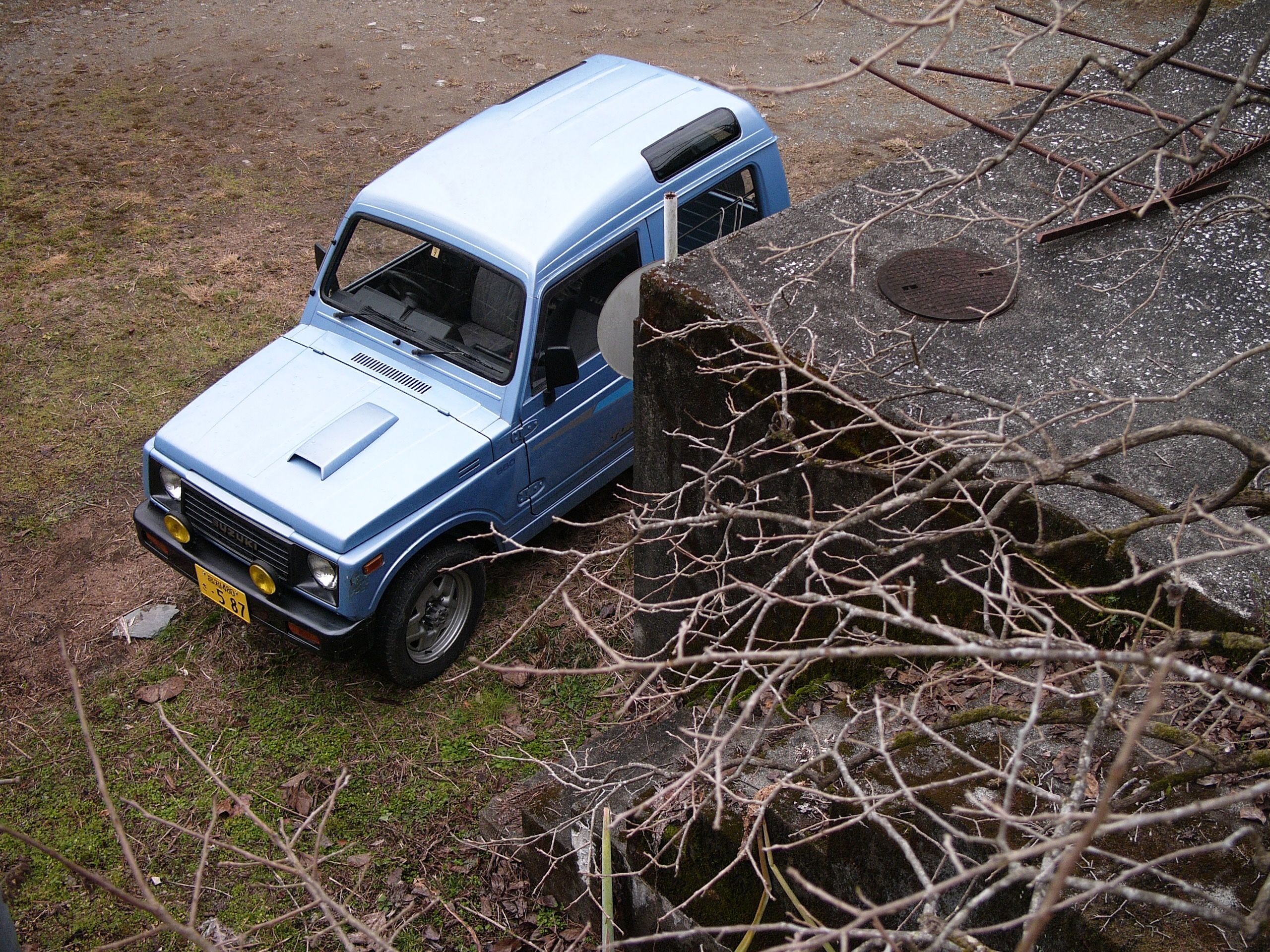
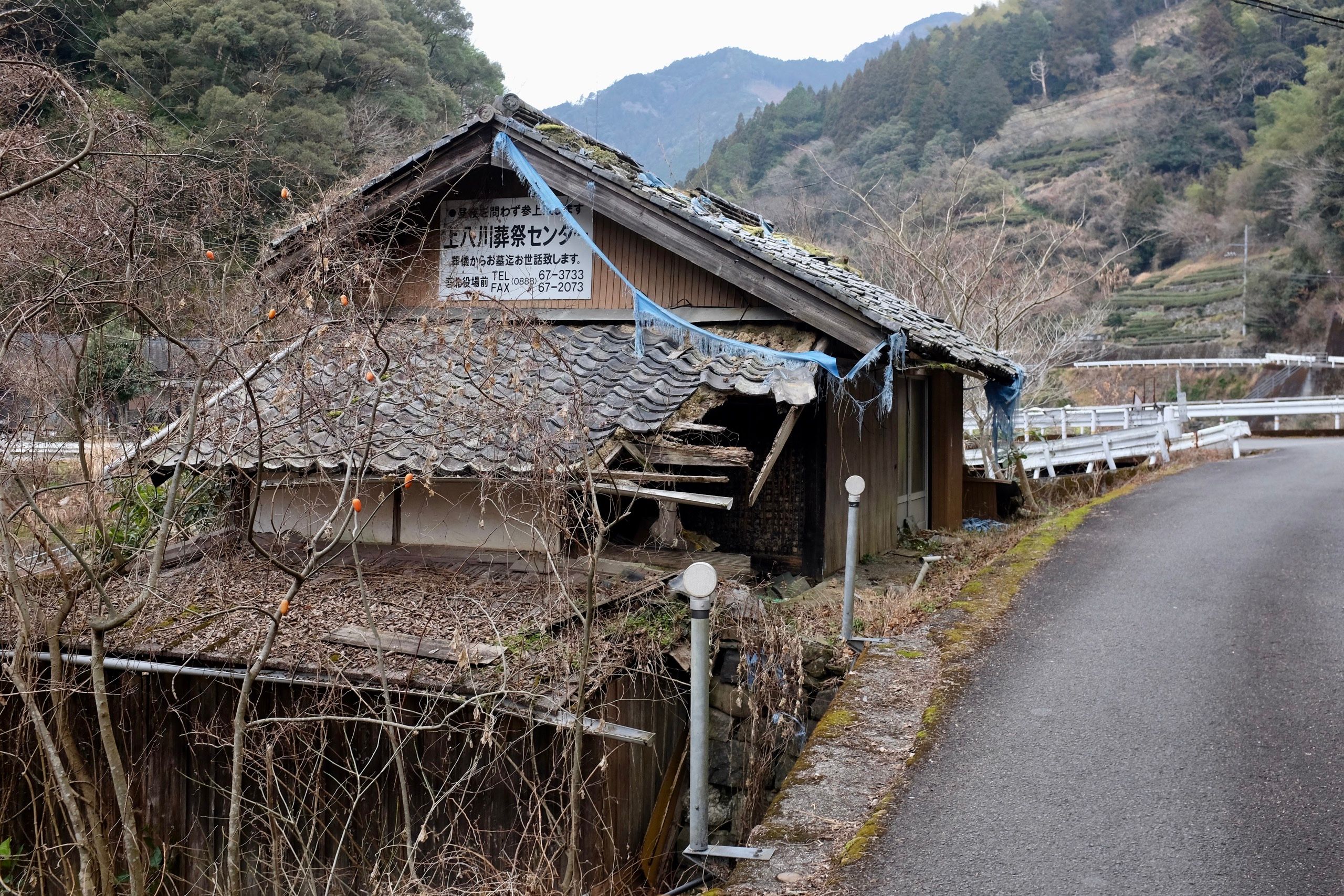



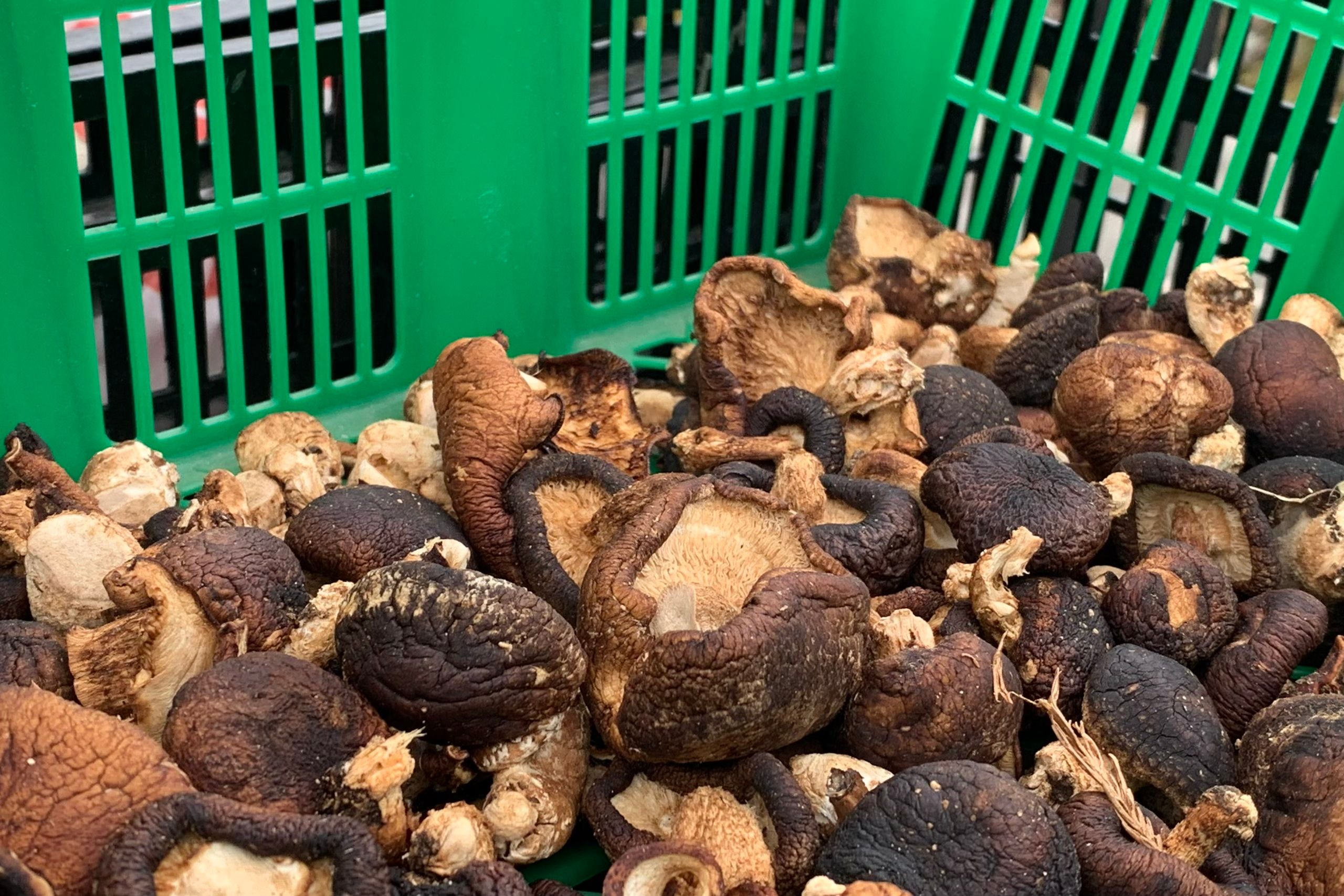
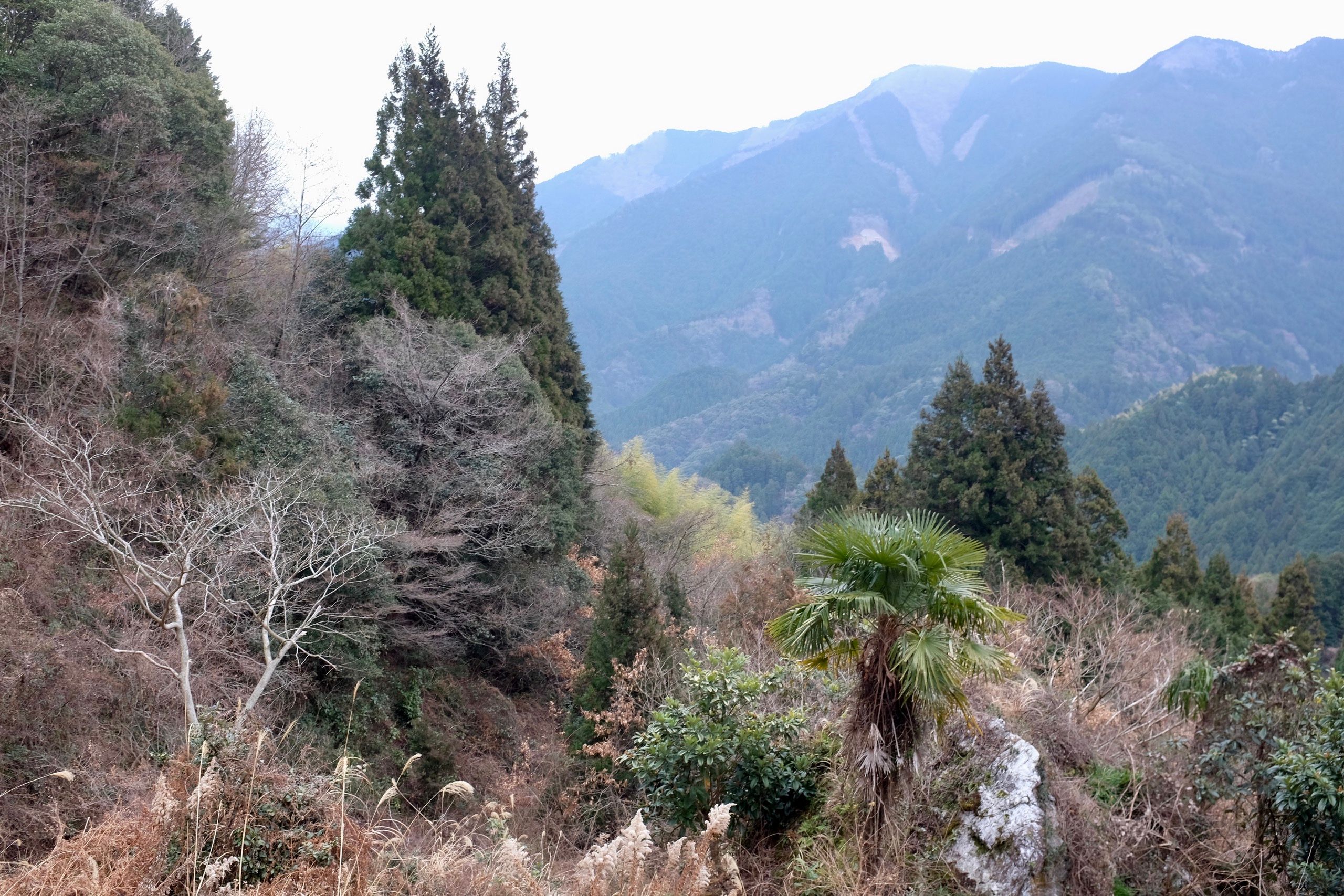
The old road turned off the highway towards the Ōtōge — the Great Pass — and wound its way between the pilons and up the misty hillsides, past forlorn villages and rusting coffee machines and impeccable bonsai groves. Almost entirely unused now, the road dated to the year I was born, three years before Alan Booth walked it on his way across Shikoku, silent and translucent. I climbed higher, past abandoned cars, past the old tunnel, dripping and empty, past a construction site building yet another perfect road leading to nowhere, and I found the trailhead of the old path across the pass, overgrown and impassable, and the late morning air was chilling and remorseless.
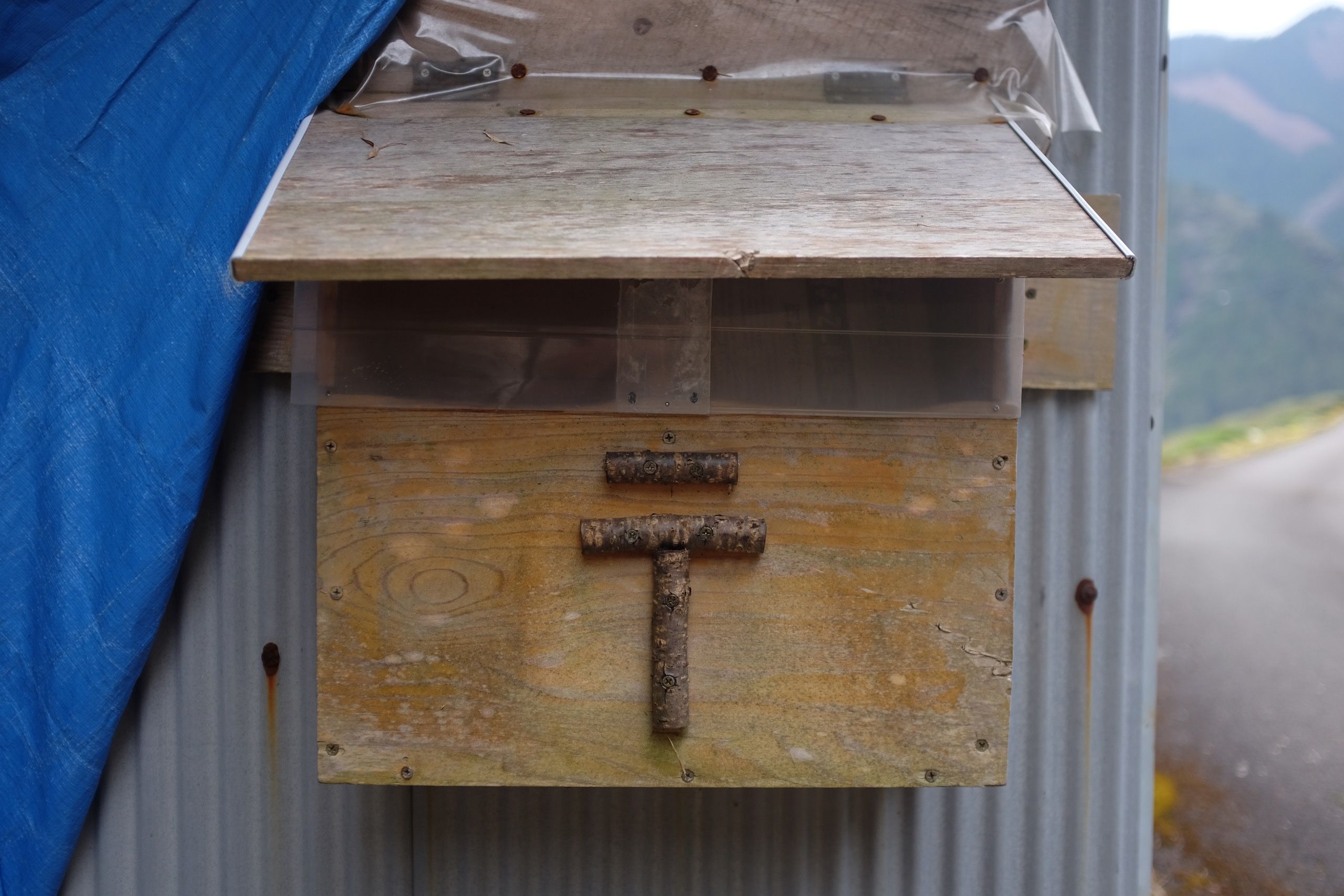
I suppose it’s a sign of having reached the deep countryside when even the Japanese postal mark (〒) becomes a thing of handcrafted beauty.

In an abandoned tunnel, no one can hear you scream.
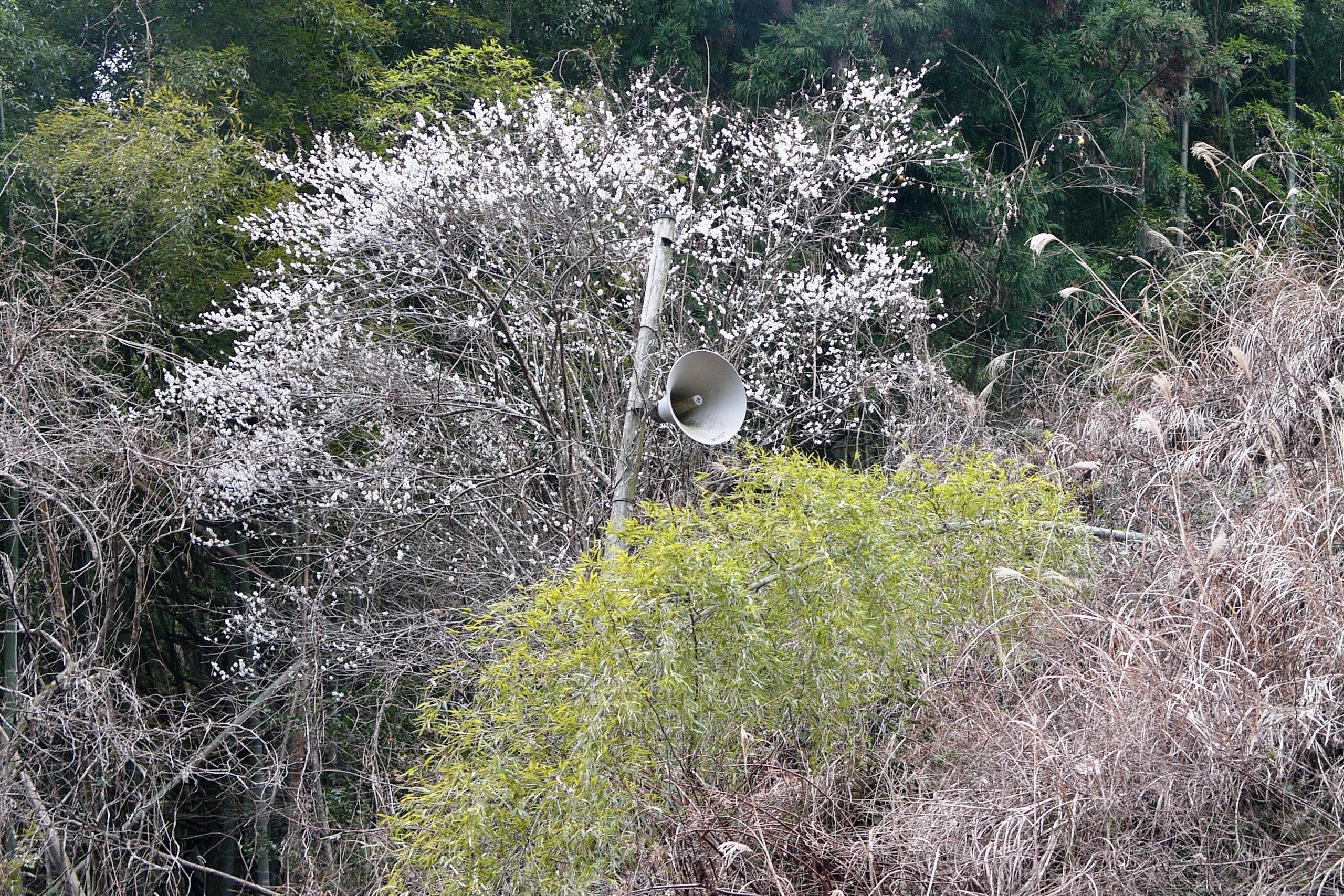
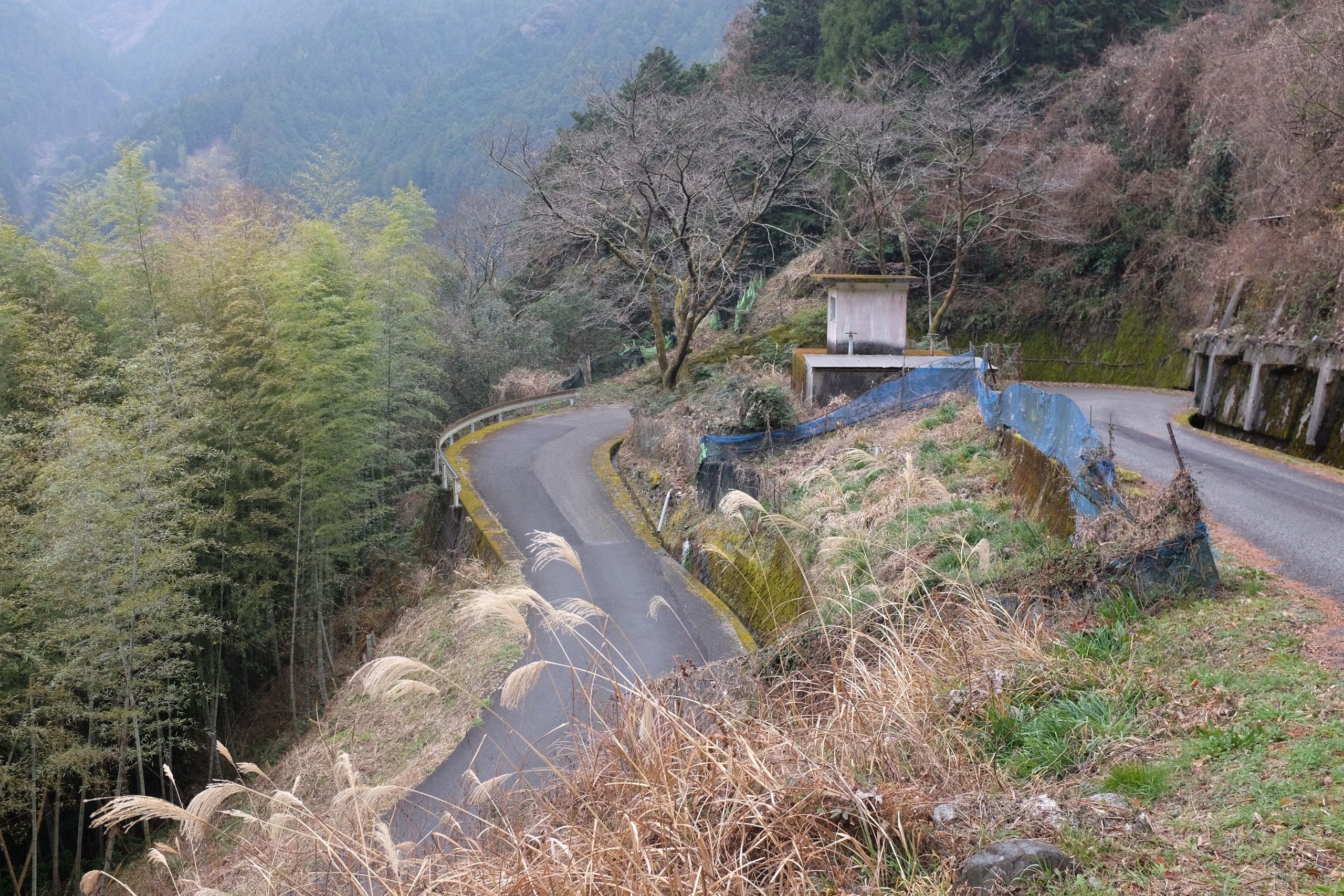
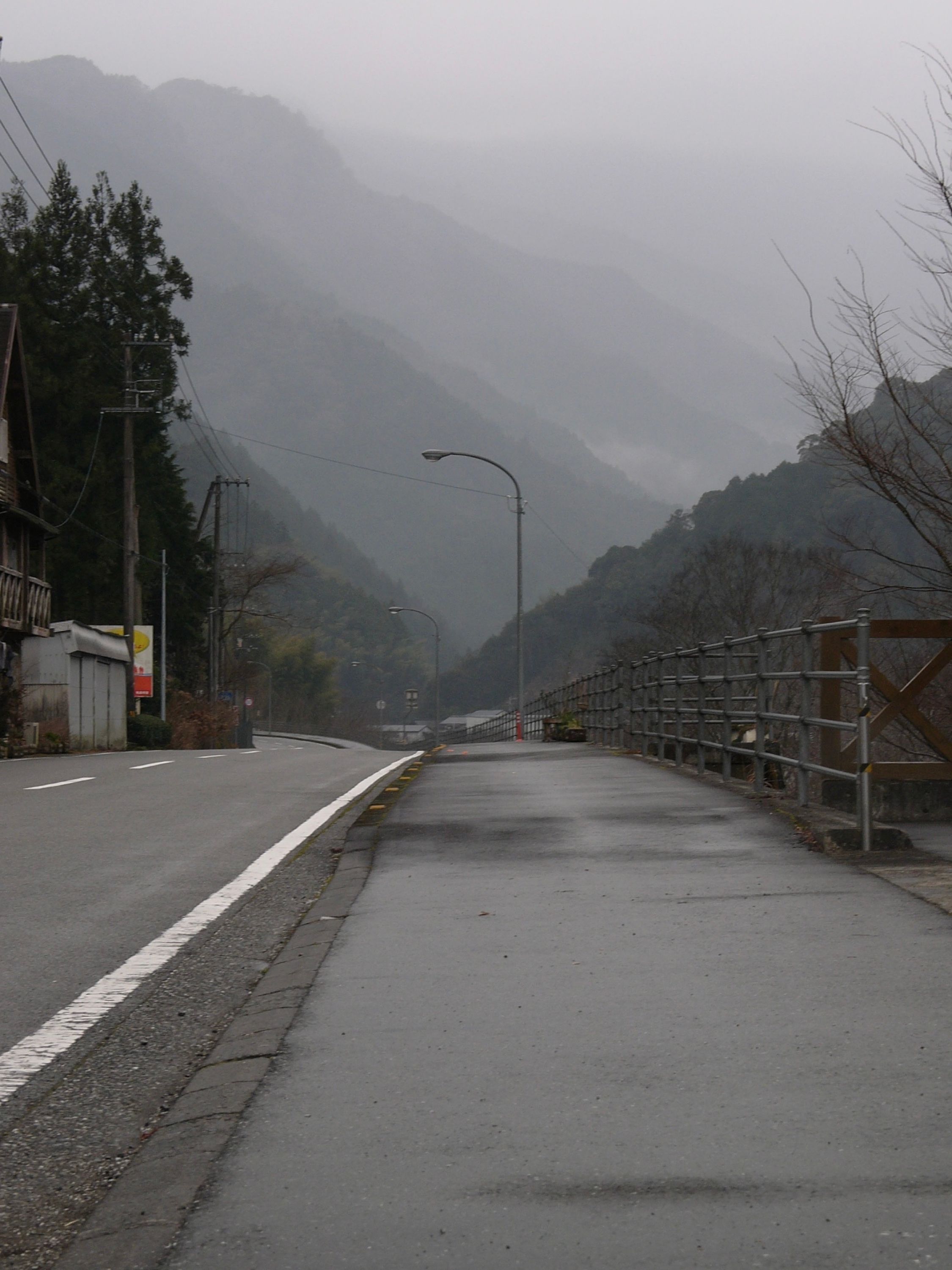
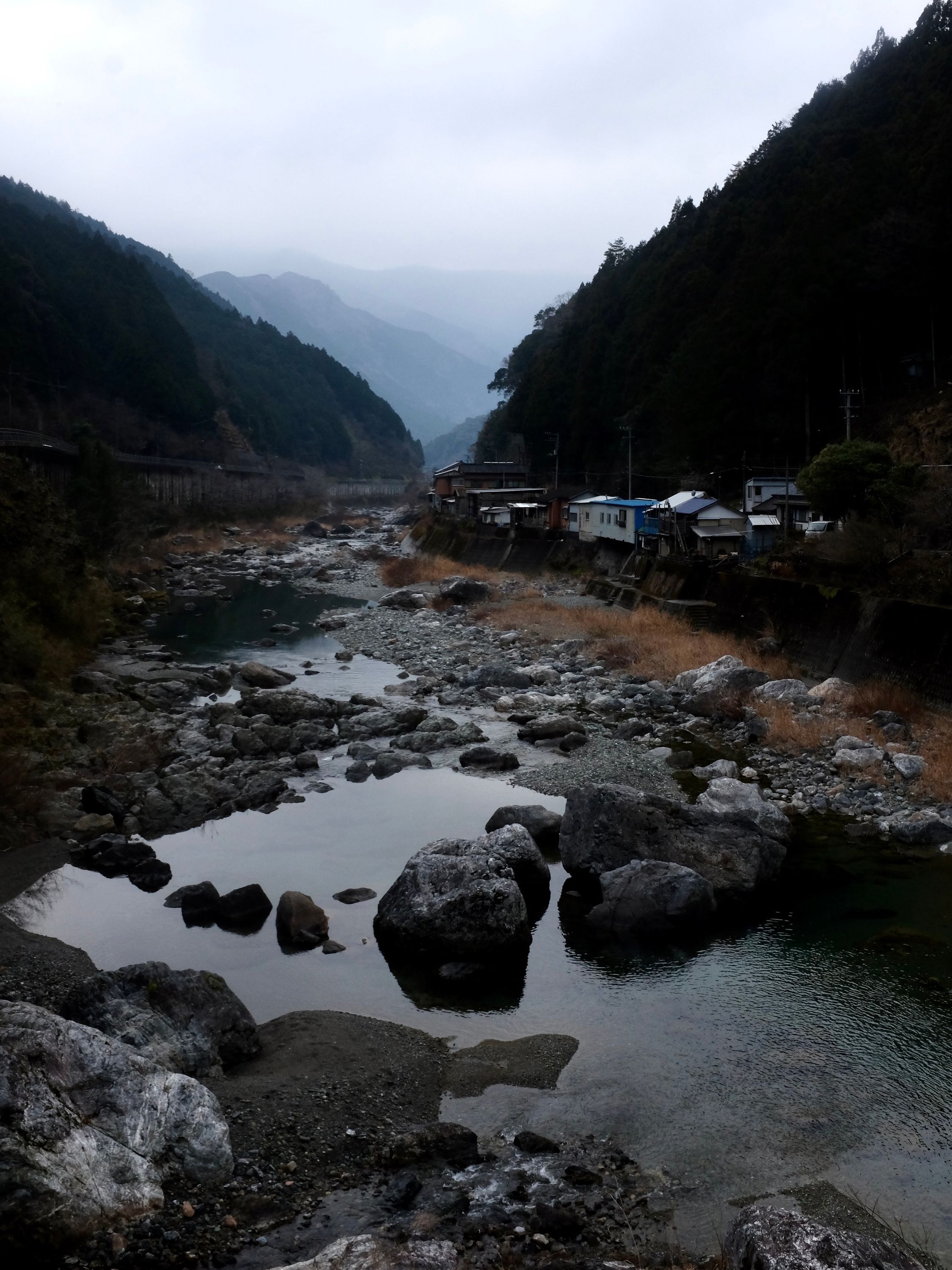
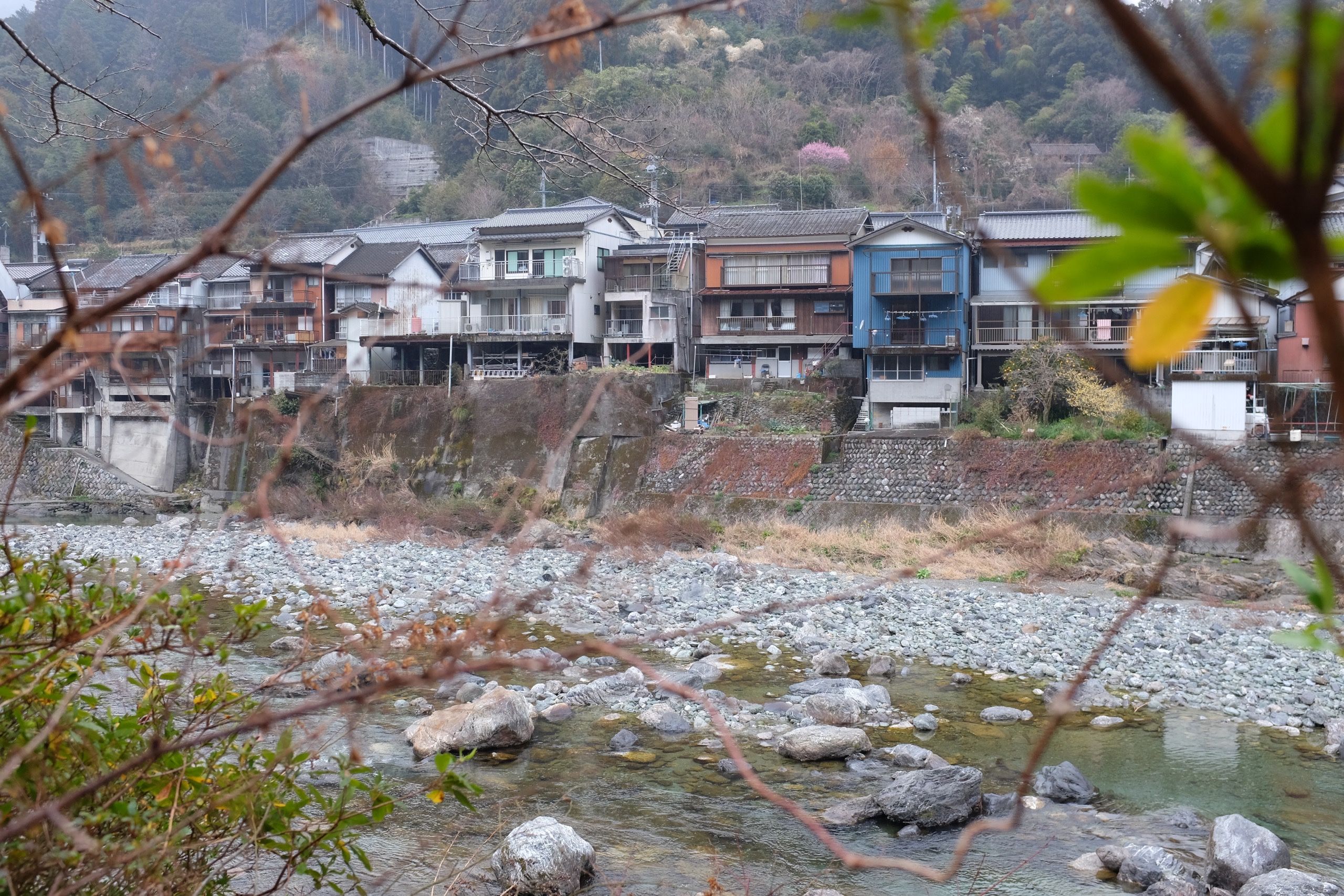

At the foot of the last pass which leads out of Kōchi and into Ehime, the Dōi River makes a perfect 180-degree turn at the town of Ikegawa, where a man bought me coffee and another man bought me tea, the latter exquisite. The cloud had reached the rooftops by the time I started up the valley towards the pass, a bottle of sake for the spirits and myself in my rucksack, the land pushing the dynamic range of my medium-wavelength cone cells to the limit with every shade of green.

“His importance […] is that he looked at Japan in a wonderfully fresh and honest way and in doing so shattered what I call the ‘aesthete’s view’ of Japan,” Timothy Harris said of Alan Booth in an interview with Metropolis Tokyo, and this is why the pleasure I felt at the sight of these absurdly perfect plum blossoms above the gorge of the Dōi River was tinged with a sense of guilt. But there was no one around to judge, apart from Alan’s spirit — and how he mocked me! — and I watched the raindrops cling to the petals, and I listened to other raindrops patter on my raincoat, and I walked into a subliminal symphony of subtle sensations.
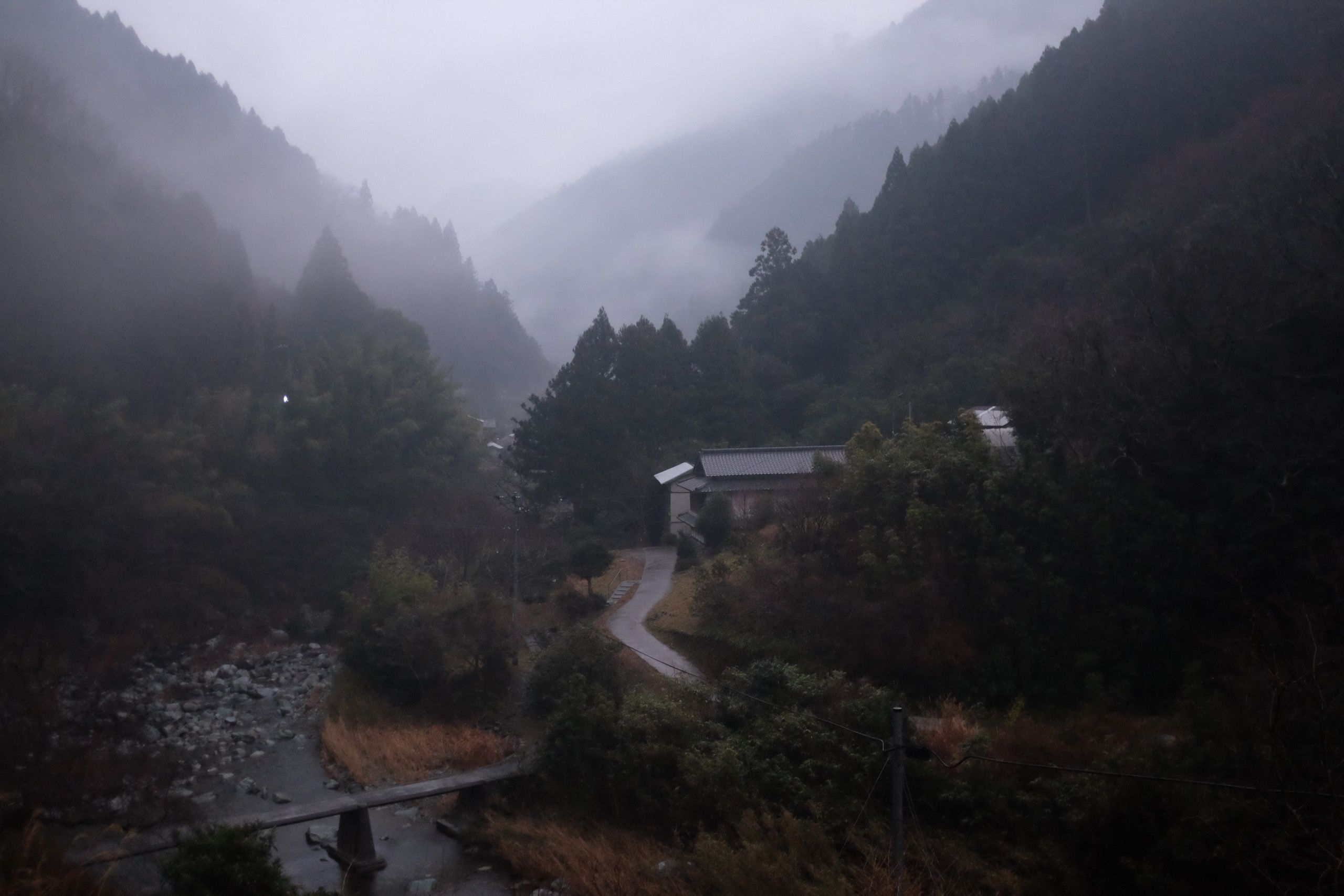
Inside the cloud, barely able to see the edge of the narrow road, across streams and rivulets and puddles of cold winter rain, I carried sake and oranges for the last spirits of Shikoku’s interior. Above the black forest, past the remote village of Tsubayama and past the vertical gorge of Omogo, rose the twin granite pyramids of Mount Ishizuchi, the highest points in this land, and their snows would melt and they would soon be strewn with the pink puffs of akebono azalea. “That strange admixture of terror, pain, and delight that I have come to recognize as joy, and now must find some way to live with daily,” Zadie Smith wrote in her essay Joy. Daffodils grew in the gloom. It was the penultimate day of winter in the old calendar. My limbs tingling with exhaustion, my breaths merging with the clouds, I closed my eyes, and listened to the howl of the wind and the staccato of the rain.

